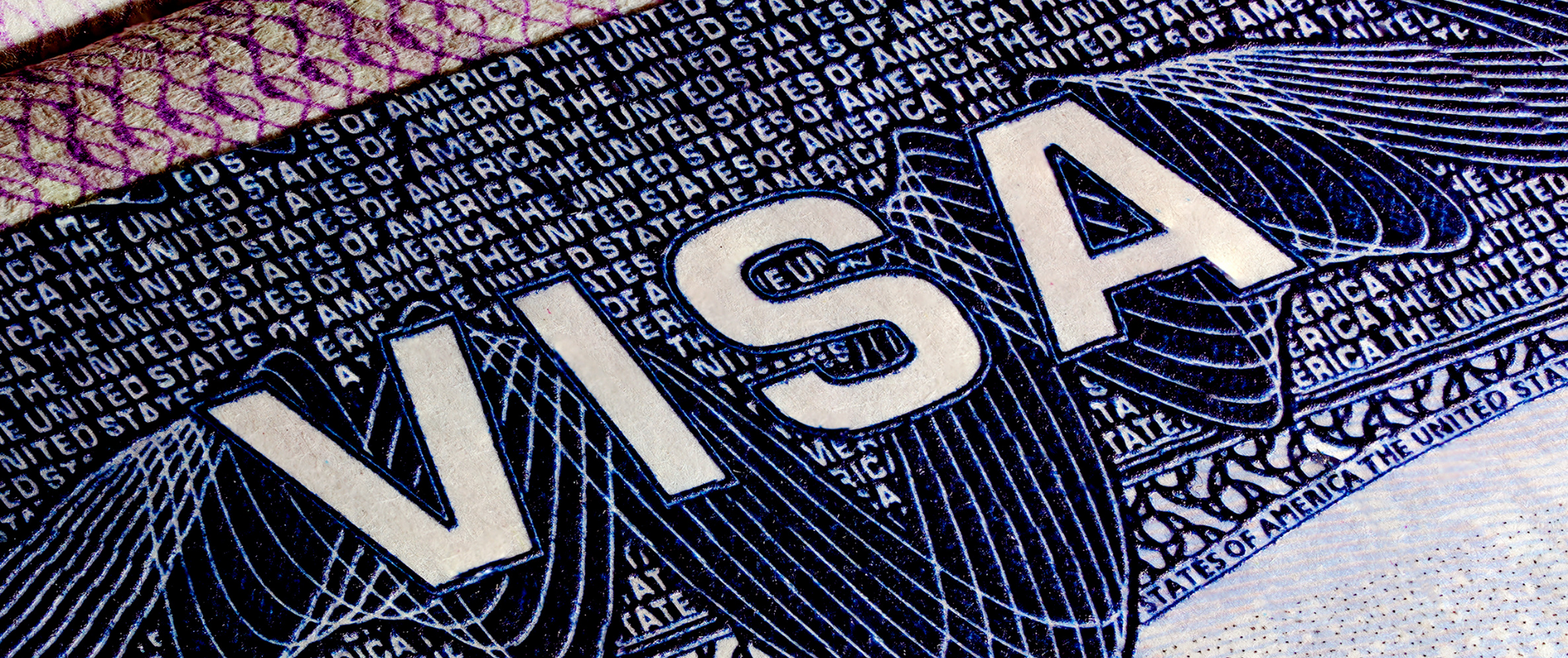
For family based green cards, the process to be united with your child in the U.S. relies upon a few factors. Here is a quick breakdown of everything you need to know to start a green card petition for your child.
U.S. Citizen:
Unmarried children (under 21): The child’s children may also be included in the petition.
Unmarried sons/daughters (21 or over): The son/daughter’s spouse and children may also be included.
Married sons/daughters (any age): The spouse and children of the son/daughter can be included.
Permanent Resident (Green Card Holder):
Unmarried children (under 21): The child’s children may also be included in the petition.
Unmarried sons/daughters (21 or over): The son/daughter’s children may also be included.
If You Are a Permanent Resident: A copy of your Green Card (Form I-551) or a foreign passport with evidence of temporary permanent resident status.
Name Change Documents (if applicable): If your name or your child’s name has changed, provide legal proof of the name change (e.g., marriage certificate, divorce decree, adoption decree).
Proof of Relationship: Documentation such as birth certificates, marriage certificates, or adoption papers to establish the familial relationship.
Genetic Mother or Legal Gestational Mother: A copy of the child’s birth certificate issued by civil authorities.
Genetic Father: A copy of the child’s birth certificate and, if applicable, a marriage certificate to the child’s mother. If no marriage occurred before the child turned 18, additional evidence of father-child relationship must be provided.
Step-parent: A copy of the step-child’s birth certificate, civil marriage certificate to the biological parent, and proof of the legal termination of prior marriages (e.g., divorce or death certificates).
Adoptive Parent: A copy of the child’s original birth certificate, final adoption decree, and evidence of at least 2 years of legal and physical custody.
U.S. Citizen Petitioning for Child (under 21): The child may file Form I-485 (Application to Register Permanent Residence or Adjust Status) at the same time as Form I-130.
U.S. Citizen Petitioning for Married Child or Child Over 21: File Form I-130. The child files Form I-485 once a visa becomes available (see Visa Bulletin).
Permanent Resident Petitioning for Child: File Form I-130. The child may file Form I-485 once a visa becomes available.
A genetic child born in or out of wedlock.
Step-children (if the marriage creating the step-relationship occurred before the child turned 18).
Adopted children (if adopted before age 16, or under age 18 under specific conditions, and custody requirements are met).
K-4 Visa for Children of U.S. Citizens: A U.S. citizen may file Form I-129F for a K-4 visa, allowing their child to come to the U.S. while the immigration petition is pending.
V Visa for Children of Permanent Residents: If a U.S. permanent resident filed Form I-130 before December 21, 2000, and the petition has been pending for over 3 years, the child may be eligible for a V visa.
If the visa petition you filed is denied, the denial letter will explain how to appeal and when you must file the appeal. After submitting the appeal form and the required fee, the appeal may be sent to the Board of Immigration Appeals for further review